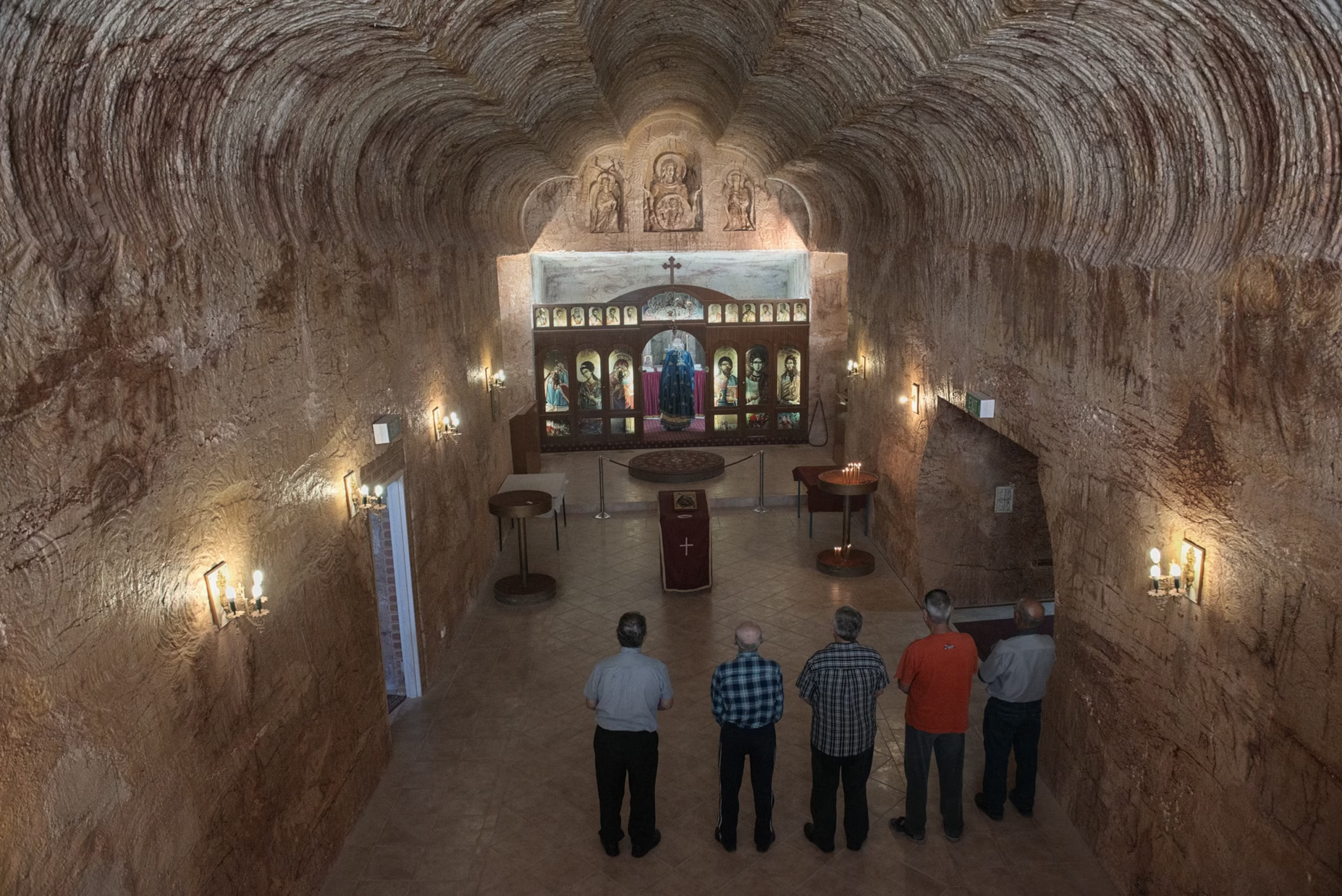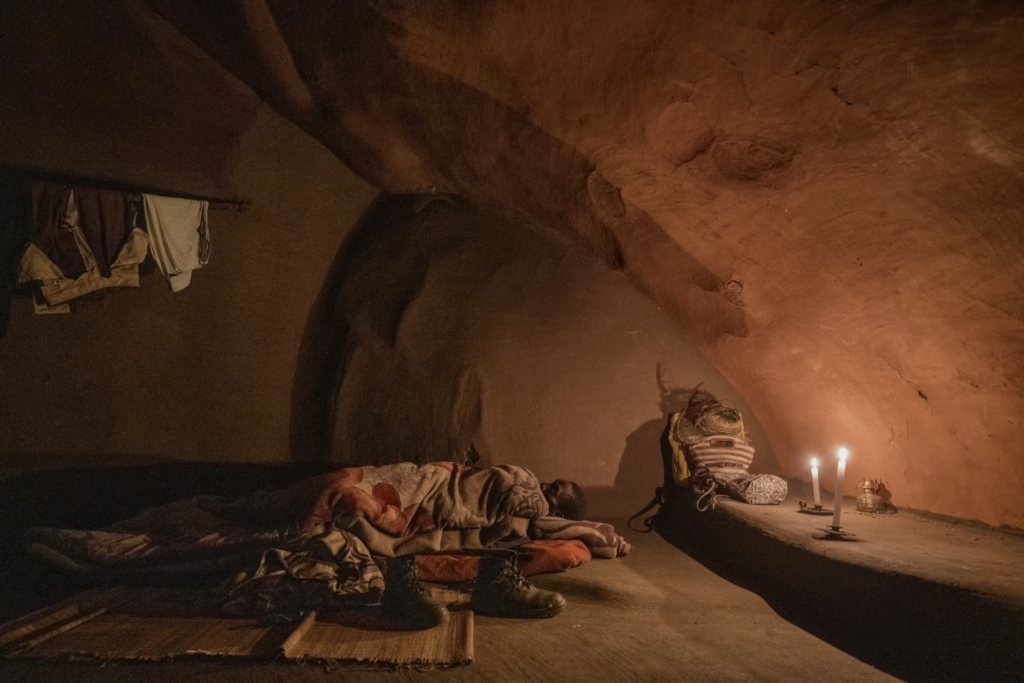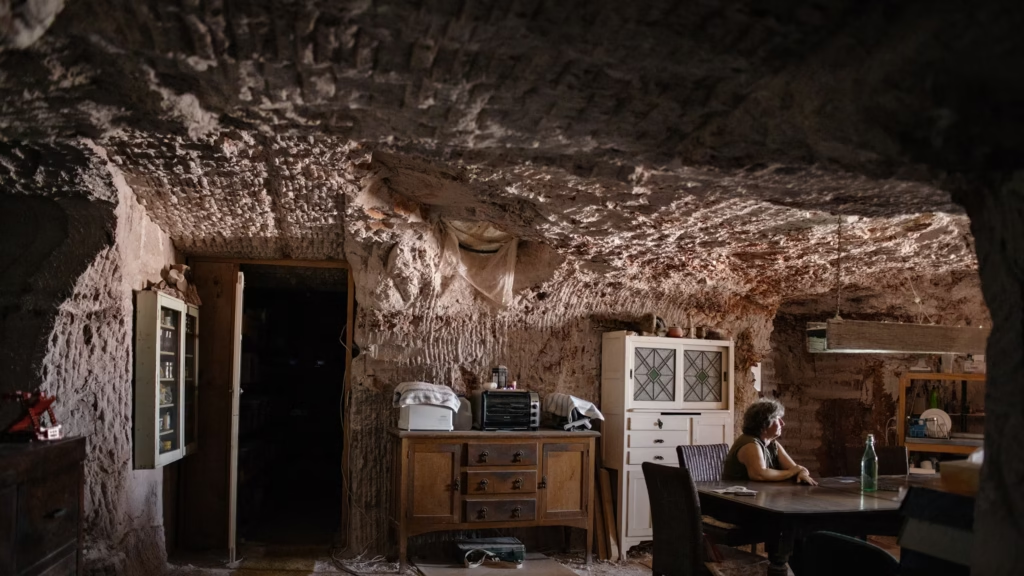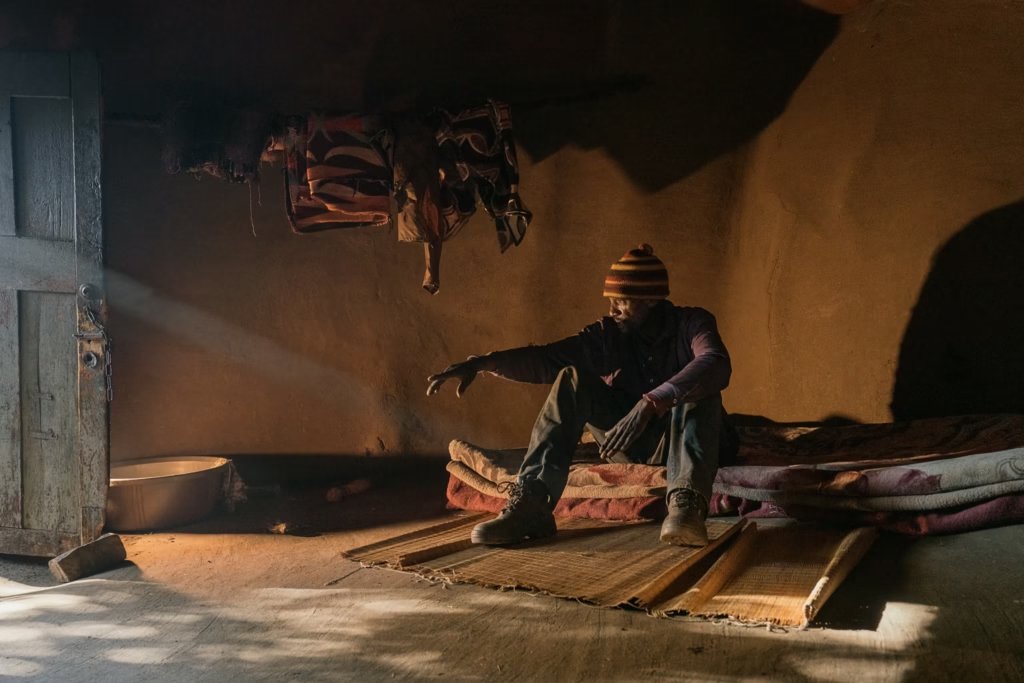“Whispers from the Earth: Inside the Last Living Cave Societies”

For millennia, caves have provided shelter, security, and spiritual connection for humans across the globe. While many associate cave-dwelling with prehistory, the truth is more complex: in some parts of the world, entire communities continued to live in cave homes well into the 21st century, preserving unique cultures, architecture, and ways of life shaped by geology and tradition.
Yet today, these cave societies—once self-sustaining microcosms—are rapidly vanishing due to urbanization, climate change, and government resettlement programs. As modernity creeps in, anthropologists, photographers, and historians rush to document the last glimpses of these extraordinary worlds before they disappear forever.
1. The Origins of Human Cave Living
Cave-dwelling is often considered the most ancient form of human habitation. Archaeological evidence suggests:
- Early Homo sapiens and Neanderthals used caves for shelter, ritual, and art as far back as 100,000 years ago.
- Famous Paleolithic caves like Lascaux (France) and Altamira (Spain) provide not only shelter but early forms of symbolic expression.
But cave habitation didn’t end with the Stone Age. In many parts of the world, it evolved into sophisticated communities adapted to geography, climate, and social need.

2. Major Cave Societies Across the World
📍 Matmata, Tunisia
- Berber Troglodytes have lived in sunken cave homes for centuries, carving homes into the soft sandstone to escape the extreme desert heat.
- The structures are arranged around circular pits, with rooms dug horizontally into the walls.
- Matmata gained global attention when it was used as Luke Skywalker’s home in Star Wars: A New Hope.
- Today, many families have moved to surface housing, but a few still maintain their traditional homes.
📍 Loess Caves of Shaanxi Province, China
- In the Loess Plateau, millions once lived in yaodongs—cave homes carved into the yellow soil.
- These homes offered insulation against harsh winters and blazing summers.
- As recently as the early 2000s, it was estimated that over 30 million Chinese lived in such dwellings.
- However, modernization campaigns have relocated many residents into high-rise apartments, threatening the loss of traditional knowledge and architecture.
📍 Göreme and Cappadocia, Turkey
- The volcanic tuff of Cappadocia allowed the creation of vast underground cities like Derinkuyu and Kaymaklı, used since Hittite times.
- Early Christians sought refuge here during Roman persecutions.
- Today, some of the ancient cave dwellings have been transformed into boutique cave hotels, blending heritage with tourism.
📍 Guizhou and Yunnan Provinces, China
- Remote Miao and Dong minority communities have lived in limestone cave complexes, some without electricity or running water.
- These spaces have served not only as homes but as communal gathering places, with wooden homes built inside vast natural grottoes.
- Local government policies have pushed for modernization, often leading to forced relocation and cultural erosion.
📍 Santorini, Greece
- Traditional “yposkafa” homes—built into cliffsides and caldera walls—reflect the island’s volcanic history.
- Originally homes of the working class, these cave houses are now luxury villas, part of a booming tourist economy that has largely displaced local traditions.
3. Why Live in Caves? The Practical Genius
Cave dwellings are not primitive—they’re ingenious responses to environmental challenges.
Advantages:
- Thermal regulation: Caves maintain a consistent temperature year-round, requiring no heating or air conditioning.
- Natural camouflage and protection: Caves protect against invaders, wild animals, and harsh weather.
- Sustainability: Constructed with minimal environmental disruption, they often use local materials and renewable practices.
Many communities innovated with ventilation shafts, water systems, and even interior courtyards that rivaled above-ground architecture in sophistication.

4. Modern Pressures and Disappearance
Despite their brilliance, cave societies are vanishing due to multiple pressures:
Government Relocation Programs:
- In China, the government has relocated many yaodong residents to modern buildings to improve “living standards,” often against their will.
- In Turkey, preservation laws aimed at protecting heritage sites sometimes prohibit residents from maintaining or modifying their homes.
Climate Change and Natural Erosion:
- Rising temperatures and heavy rainfall contribute to collapse of fragile cave structures.
- In arid regions, desertification threatens water sources critical to these communities.
Economic Shifts and Tourism:
- Tourism often commercializes cave homes, displacing residents or repurposing ancestral homes into hotels.
- Younger generations seek modern jobs and homes in urban areas, leaving traditions behind.
5. Preserving a Vanishing World
Around the world, activists, researchers, and local communities are working to document and preserve cave cultures.
Key Efforts Include:
- UNESCO World Heritage Sites: Göreme National Park, the Rock-Hewn Churches of Lalibela (Ethiopia), and the Troglodyte Homes of Matmata.
- Anthropological Studies: Ethnographers document oral histories, rituals, and architectural methods.
- Sustainable Tourism: Some communities create eco-tourism models that fund preservation while allowing residents to remain.
Still, the future of these societies remains precarious. Preservation often walks a fine line between protection and fossilization.
6. Spiritual and Cultural Dimensions
Cave living is not just about shelter—it’s about identity, culture, and cosmology.
- Many communities believe caves are sacred places, entrances to ancestral worlds or spirit realms.
- Ceremonies, funerals, and rites of passage often take place in or near cave spaces.
- Caves have inspired art, myth, and religion—from the Oracle at Delphi to Buddhist cave temples in India and China.
Conclusion: The Echoes Within Stone
As the world modernizes, we stand at a pivotal moment: the last cave societies are transitioning from living heritage to archaeological memory. The people who carved homes into the earth and passed down traditions through generations are now a vanishing demographic.
To document, honor, and learn from these communities is not just about preserving the past—it’s about understanding human resilience, ingenuity, and harmony with nature. Their stories are etched not only into walls of rock but into the very roots of our shared humanity.





